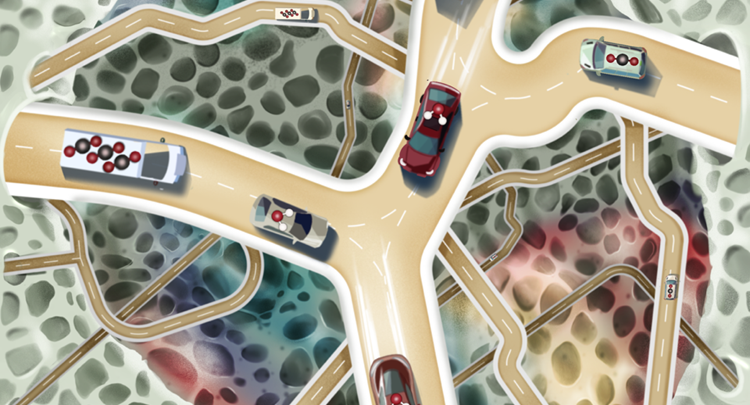Ameloot Group
Manipulating Porous Matter
Mind the Gap: The Role of Mass Transfer in Shaped Nanoporous Adsorbents for Carbon Dioxide Capture @JACS!
Mind the Gap: The Role of Mass Transfer in Shaped Nanoporous Adsorbents for Carbon Dioxide Capture @JACS!

Adsorptive separations by nanoporous materials are major industrial processes. The industrial importance of solid adsorbents is only expected to grow due to the increased focus on carbon dioxide capture technology and energy-efficient separations. To evaluate the performance of an adsorbent and design a separation process, the adsorption thermodynamics and kinetics must be known. However, although diffusion kinetics determine the maximum production rate in any adsorption-based separation, this aspect has received less attention due to the challenges associated with conducting diffusion measurements. These challenges are exacerbated in the study of shaped adsorbents due to the presence of porosity at different length scales. As a result, adsorbent selection typically relies mainly on adsorption properties at equilibrium, i.e., uptake capacity, selectivity and adsorption enthalpy.
In this Perspective, based on an extensive literature review on mass transfer of CO2 in nanoporous adsorbents, we discuss the importance and limitations of measuring diffusion in nanoporous materials, from the powder form to the adsorption bed, considering the nature of the process, i.e., equilibrium-based or kinetic-based separations. By highlighting the lack of and discrepancies between published diffusivity data in the context of CO2 capture, we discuss future challenges and opportunities in studying mass transfer across scales in adsorption-based separations.
More information can be found here, or on our publication page.